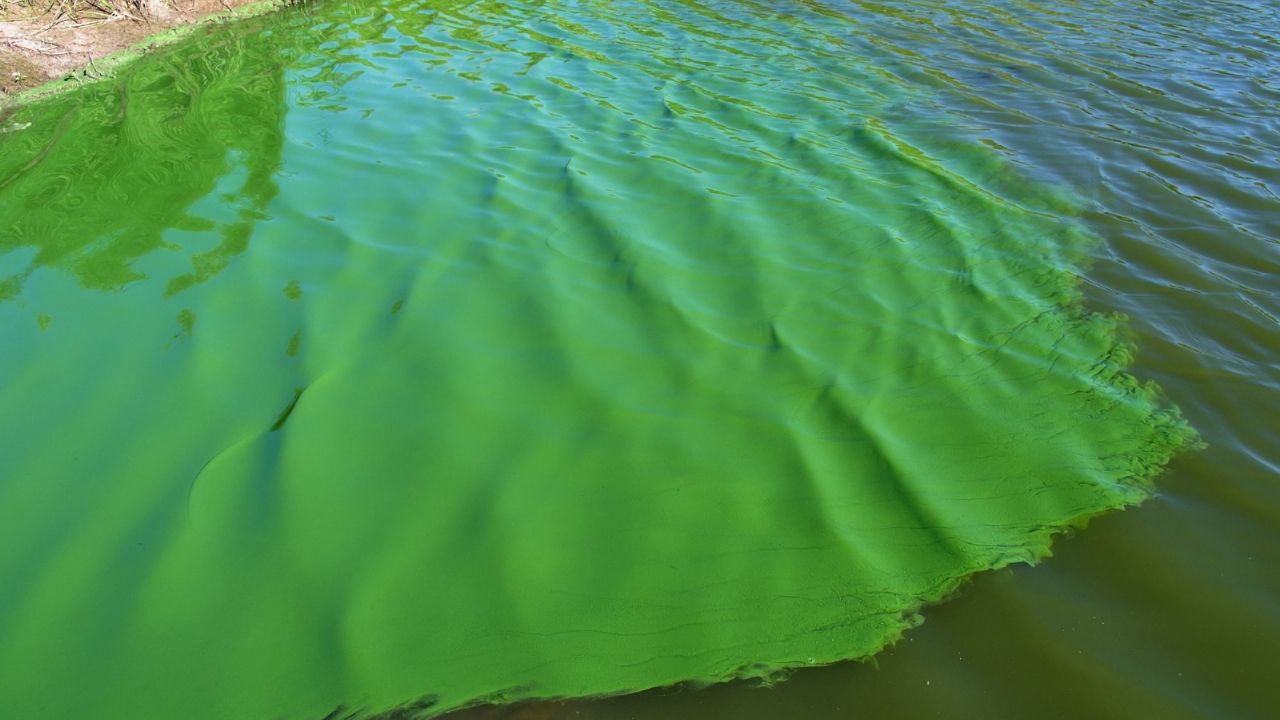The Government of the province of Buenos Aires, through the Undersecretariat of Water Resources, issued an orange alert on Wednesday for the presence of cyanobacteria in the Silver river.
As reported by the agency, the affected area in the tributary It extends from the City of Buenos Aires to the height of Magdalena, approximately 100 kilometers to the southeast of the Silver river.
The entity explained that the cyanobacteria found in the Silver river They are easily identified in the water, since they have a fluorine green color on the surface and also on the sand.
They also detailed that these microorganisms can be harmful to health, since cause skin rashes, vomiting, headaches and, in more severe cases, lung or liver conditionsso they request not to be in contact with water.

It is also not recommended to consume the water or prepare food with it and, in case of coming into contact with green stains, it is essential to wash with clean water. It is also advisable to take special care with children and pets.
In this regard, the Undersecretary of Water Resources of the province of Buenos Aires, Guillermo Jelinsky, highlighted: “It is recommended not to have contact with water or to have minimal contact, that children do not enter and not to eat any fish that comes from the area where there are cyanobacteria.

He also asked to be “attentive if the red flag with a cross appears” in the coastal areas of rivers and lagoons, because this represents the maximum alert for the presence of cyanobacteria.
What are cyanobacteria
According to a report from the Ministry of Health, “cyanobacteria are microscopic organisms, Gram-negative bacteria that contain chlorophyll, which allows them to carry out photosynthesis. For this reason, they have historically been identified as blue-green algae. are present in sweet waterssalty, brackish and mixed zones of estuaries”.

Although they are microscopic, they are often grouped in colonies of up to several centimeters and can be seen with the naked eye. These microorganisms inhabit mainly freshwater sources and its development is favored by the warming of the temperature, quality of light and nutrients such as phosphorus and nitrogen in the water.


















